SMC Pentax-FA 77mm F1.8 Limited
Sharpness
Sharpness, or the ability to resolve small details, is an important measure of the performance of a lens. Sharp images let the viewer concentrate on the composition, color and light. On the other hand, soft images (except when looking that way on purpose) distract the viewer and decrease the perceived quality of the picture.
Like every Limited, The SMC FA 77mm is regarded as a higher-tier lens. This comes with high expectations for sharpness, especially for a near-normal focal length. On the other hand, film-era lenses are generally not known for their stellar corner resolution.
There are many ways to evaluate sharpness. Some are quantitative, such as the number of lines per millimeter that can be resolved, while others are comparative, such as using a standardized scene to pit lenses against one another. The latter is the favored method at Pentax Forums.
Test Setup, Star Chart
In order to evaluate sharpness, we photograph a standard test chart (or "star chart") that can be used to compare lenses to one another. The general rule is that the distance from the lens to the test chart must be 100 times the focal length of the lens. For our lens, this means a distance of 7.7 meters.
The test is not designed to show how good a lens can be. Quite the contrary: it is a stress test designed to put the lens at its limits to show where it falls short. The test shows the apertures where the lens performs best, and makes it possible to compare with another lens.
Our test has the star chart put successively at the center, edge and corner of the field of view of the lens, testing all apertures each time.
Resolution is obviously dependent on the sensor used. For this test, we used both of Pentax's current top-of-the-line sensors: the K-1's full frame 36 MP and the K-3 's APS-C 24 MP.
New Pentax DSLR bodies include the ability to disable anti-aliasing, a very useful feature allowing higher resolutions to be reached. However, the nature of our sharpness test and the pattern of the test chart mean that, with anti-aliasing totally disabled, moiré is likely to appear. In order to strike the best balance between sharpness and moiré reduction, the anti-aliasing simulators were activated and set at the "Low" setting.
Test Results at 77mm on APS-C
The following images showcase the results at all apertures on APS-C. Focusing was performed by using focus peaking in live view. It was corrected after each lens movement. You can click on images to see full resolution crops.
Center | Edge | Corner | |
F1.8 | 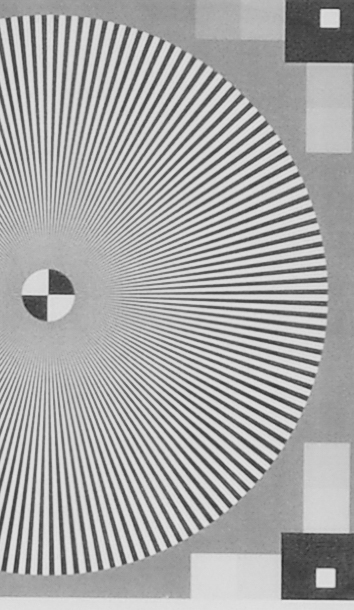 | 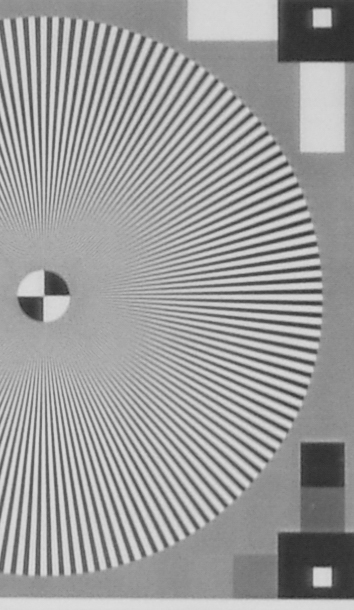 | 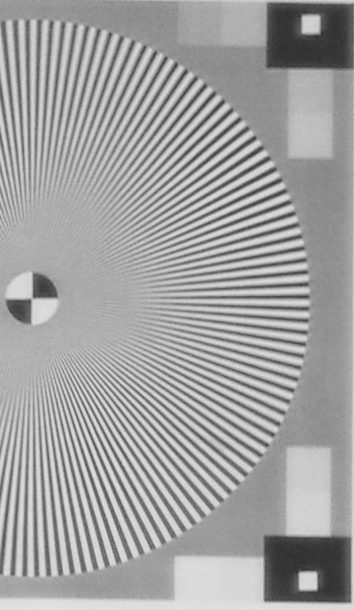 |
F2 | 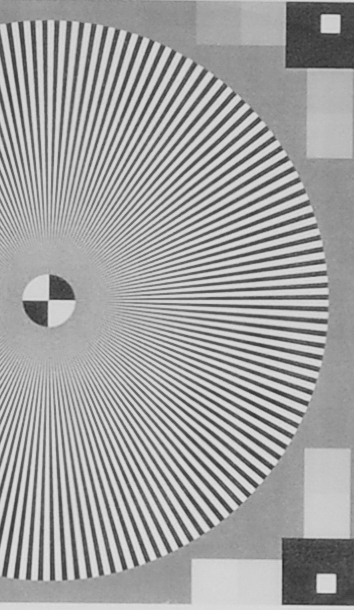 | 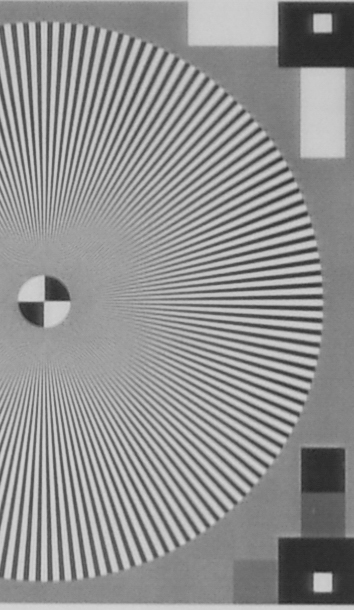 | 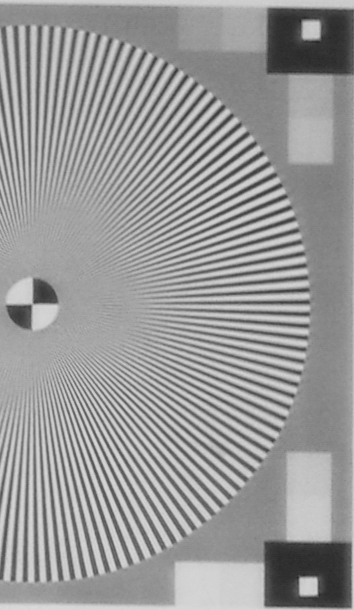 |
F2.8 |  | 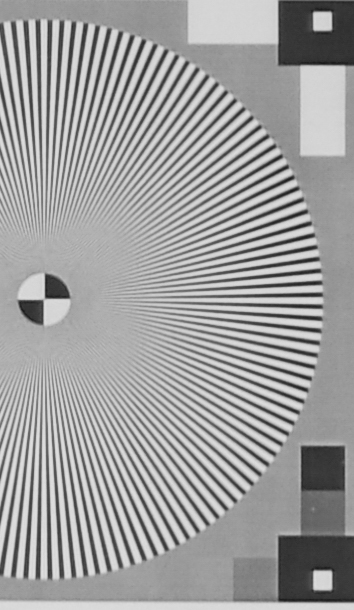 | 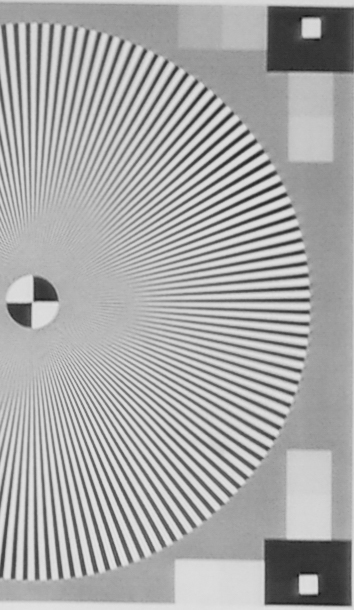 |
F4 | 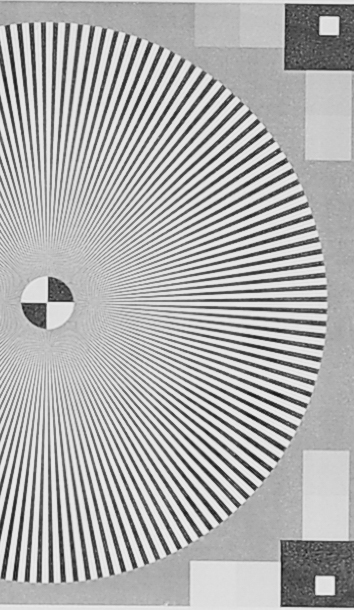 | 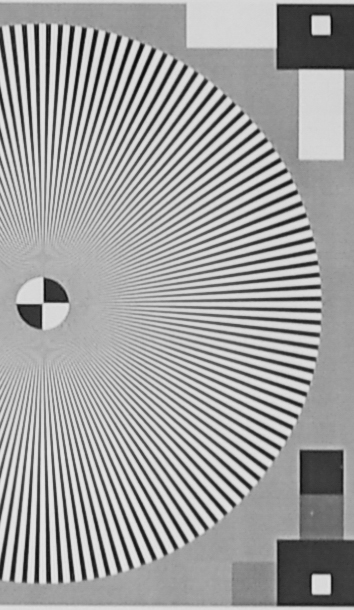 |  |
F5.6 |  | 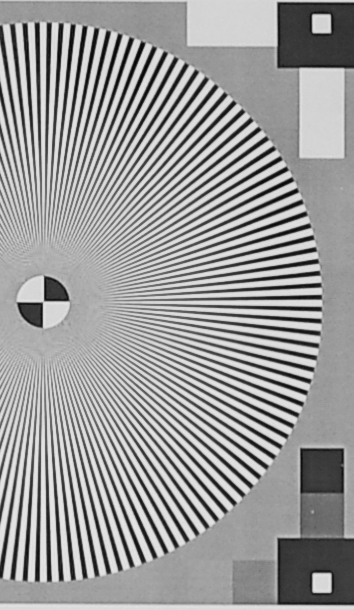 | 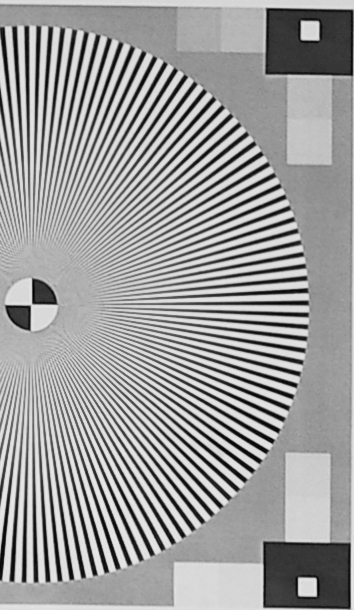 |
F8 |  | 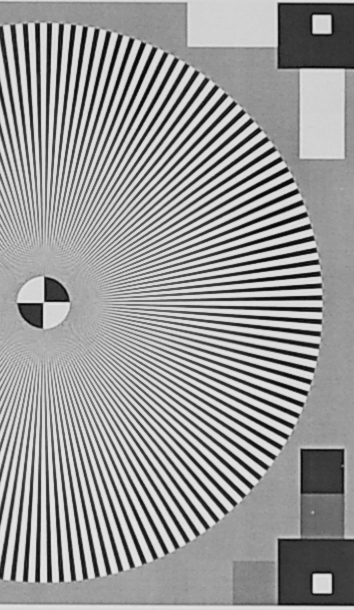 | 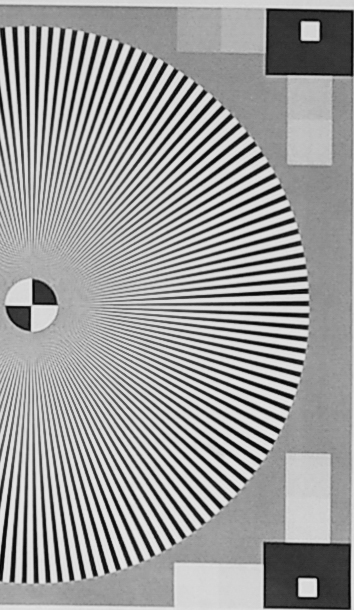 |
F11 | 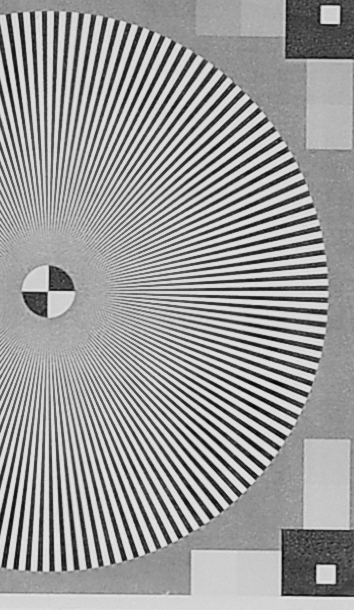 | 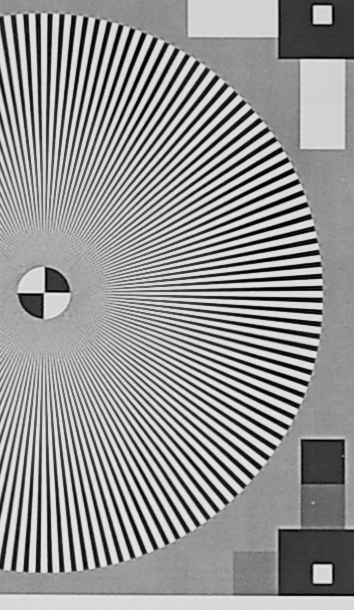 | 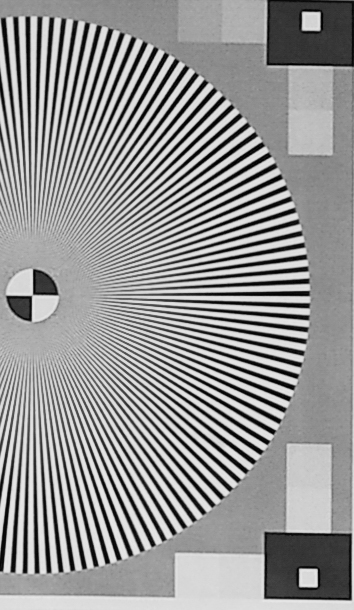 |
F16 | 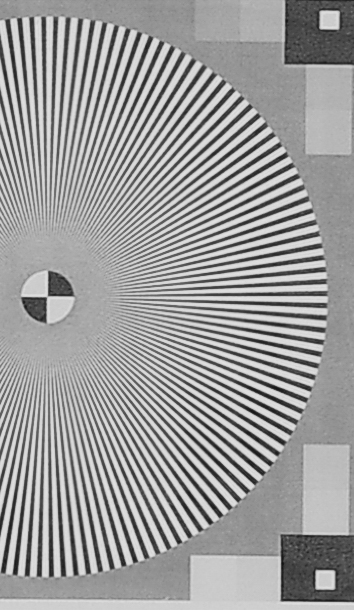 | 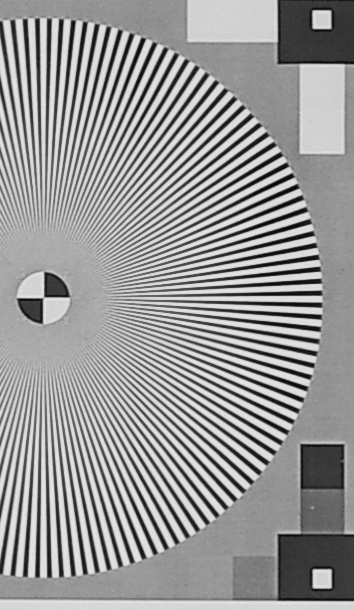 | 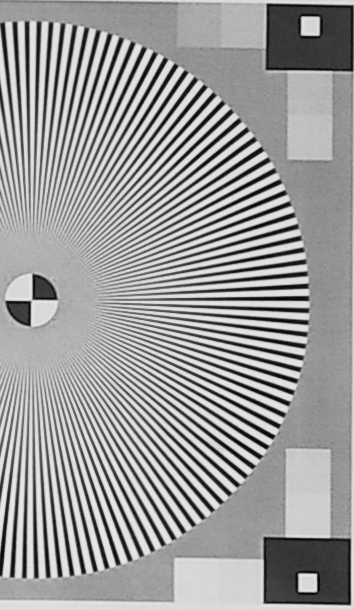 |
F22 | 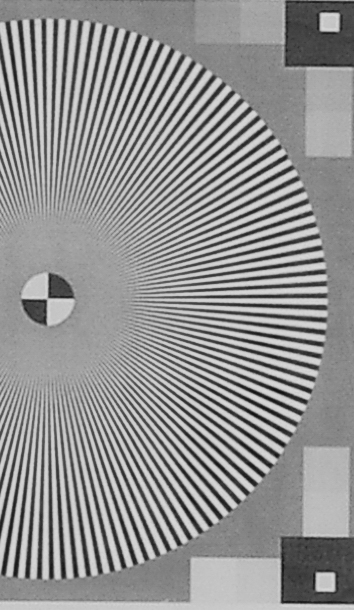 | 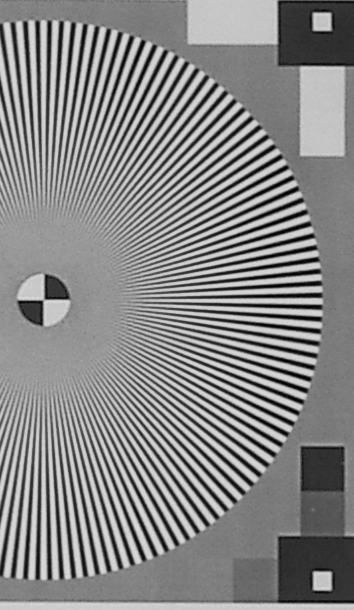 |  |
The FA 77mm behaves similarly to the FA 43mm, in that center sharpness is quite good, even wide open, on the K-3's high resolution sensor. It improves significantly as the aperture closes, reaching superb levels starting at F4 and beyond. There is little risk in using the lens at any aperture when the subject is in the center.
Edges and corners are also similar to the FA 43mm: they are noticeably soft before F2.8. They also reach very good levels at F4 and beyond and at F8 they become pretty much comparable to the center. There is some diffraction effects at F16 and F22, but the images remain usable.
As was the case with the FA 43mm, the field curvature included in the lens design shows its toll here.
Test Results at 77mm on full frame
The following images showcase the results at all apertures on full frame. Focusing was performed by using focus peaking in live view. It was corrected after each lens movement. You can click on images to see full resolution crops.
Center | Edge | Corner | |
F1.8 | 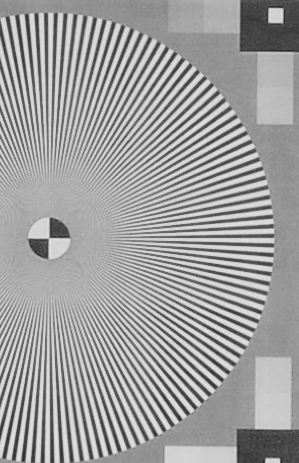 | 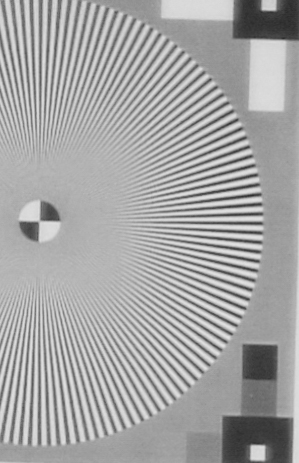 | 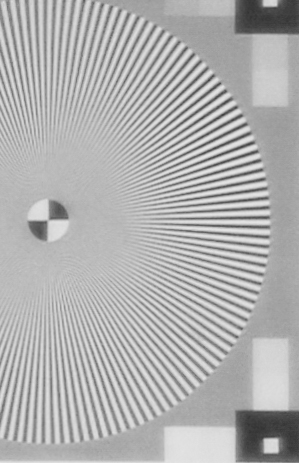 |
F2 | 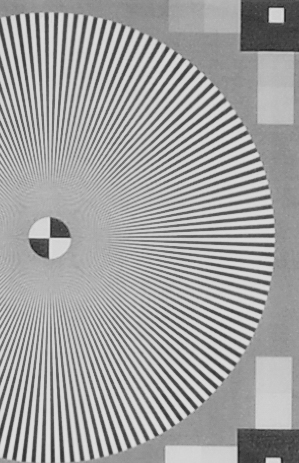 | 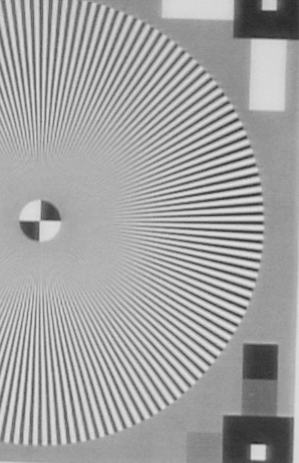 | 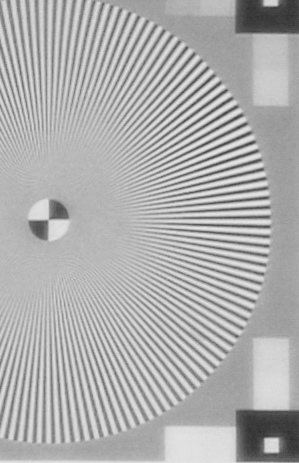 |
F2.8 | 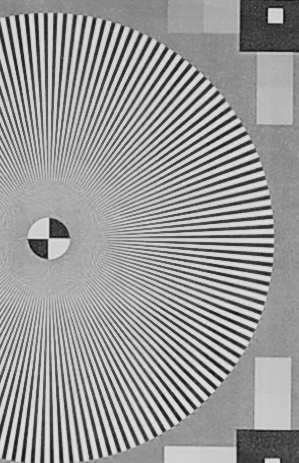 | 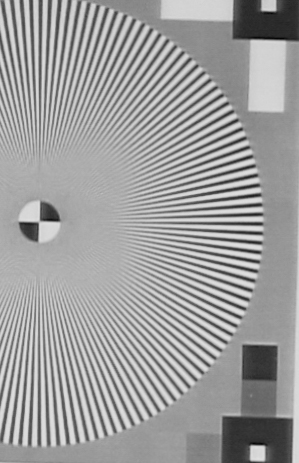 | 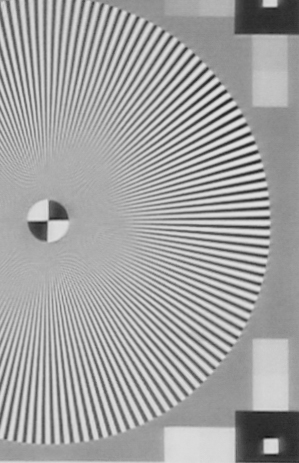 |
F4 | 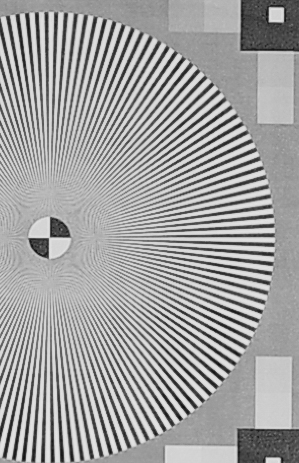 | 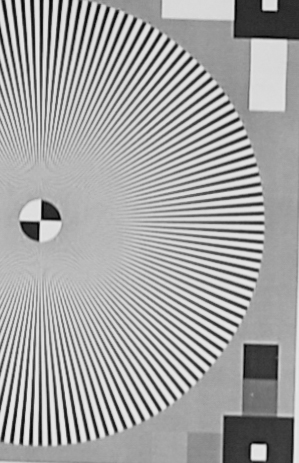 | 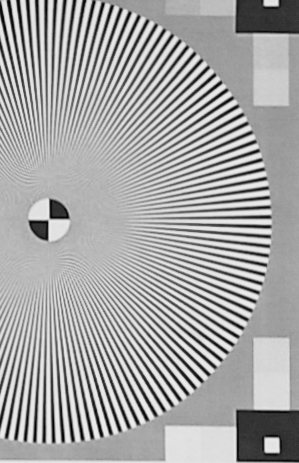 |
F5.6 | 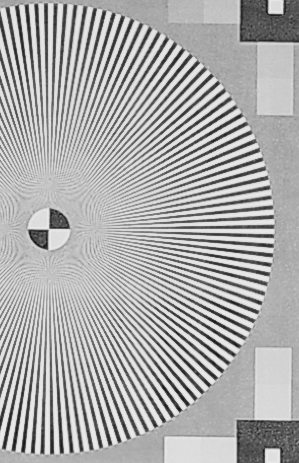 | 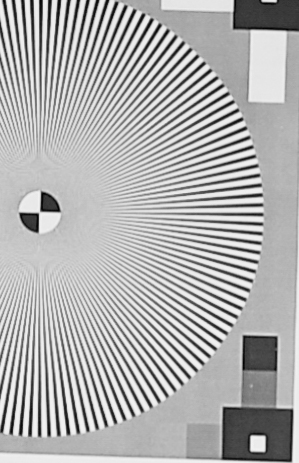 | 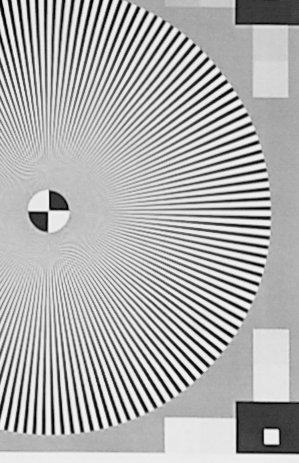 |
F8 | 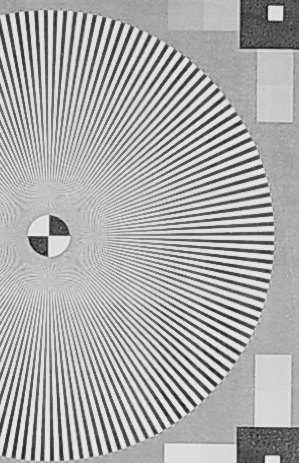 | 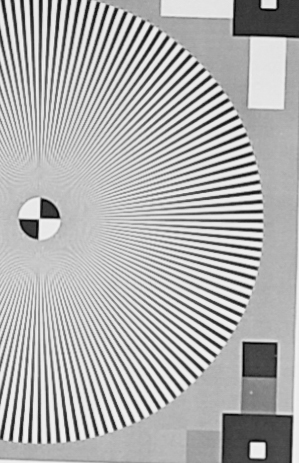 | 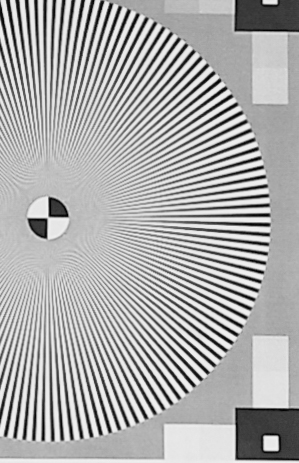 |
F11 | 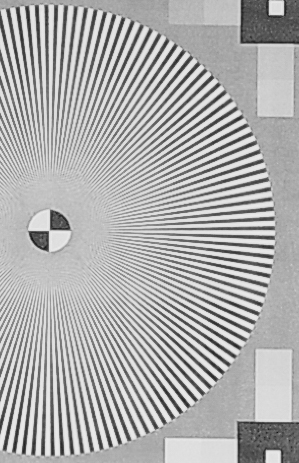 | 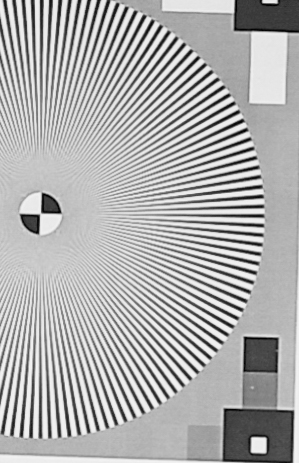 | 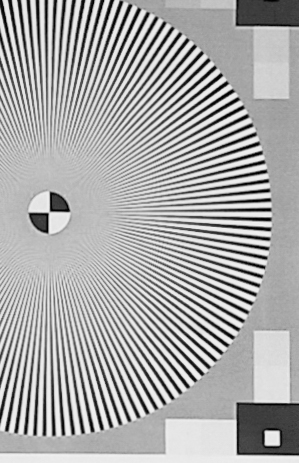 |
F16 | 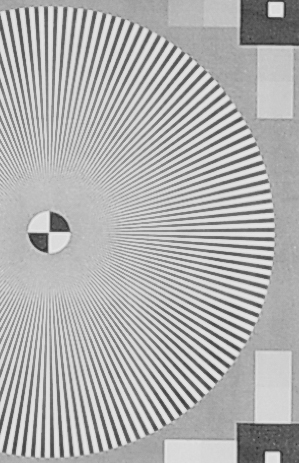 | 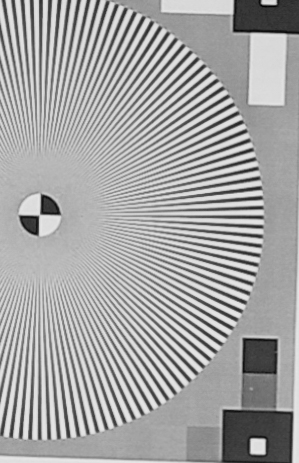 | 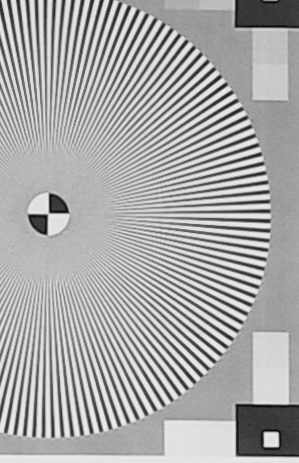 |
F22 |  | 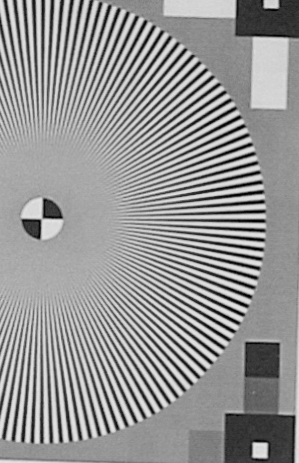 | 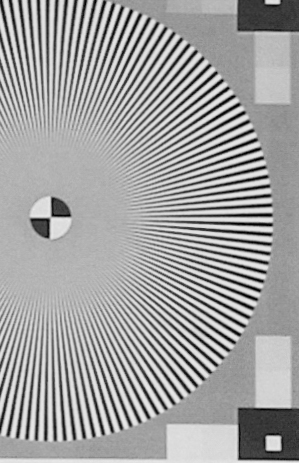 |
At F8, the corners and edges are indistinguishable from the center, and results are impressively uniform (and sharp). At F4 and F5.6, corners and edges are not as sharp as the center but resolution figures are quite good by themselves. The difference occurs because the center is brutally sharp. F2.8 and smaller show a decrease in sharpness, minimal in the center and significant in the corners. edges are in-between.
These results are consistent with the APS-C findings, with the decrease in sharpness in the corners and edges more pronounced of course.
Real-life test
Test charts never tell the whole story. The following images illustrate the performance of the lens with a real-life test subject with a lot of detail. We used a close distance to differentiate with the star chart tests, which are performed at a significant range. We moved our camera to place the subject in the center, the edge and then corner, refocusing between each shot.
Test Results at 77mm on full frame
The following images showcase the results at all apertures on full frame. Findings will be applicable to APS-C, following the conclusions of the previous section. Focusing was performed by using focus peaking in live view. It was corrected after each lens movement. You can click on images to see full resolution crops.
Center | Edge | Corner | |
F1.8 | 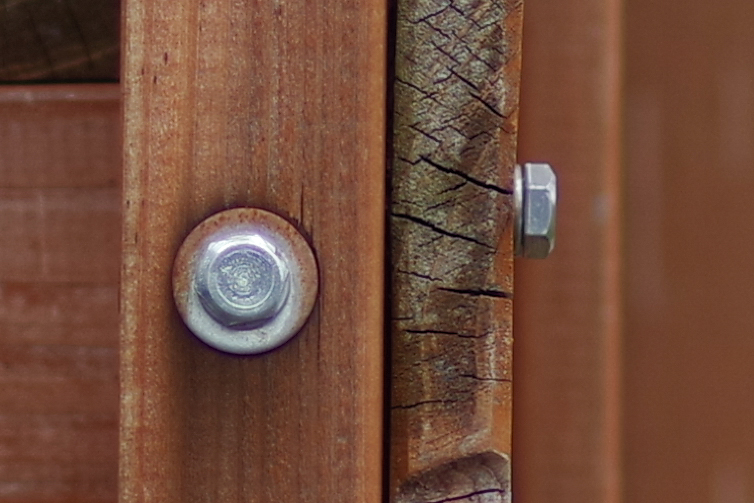 | 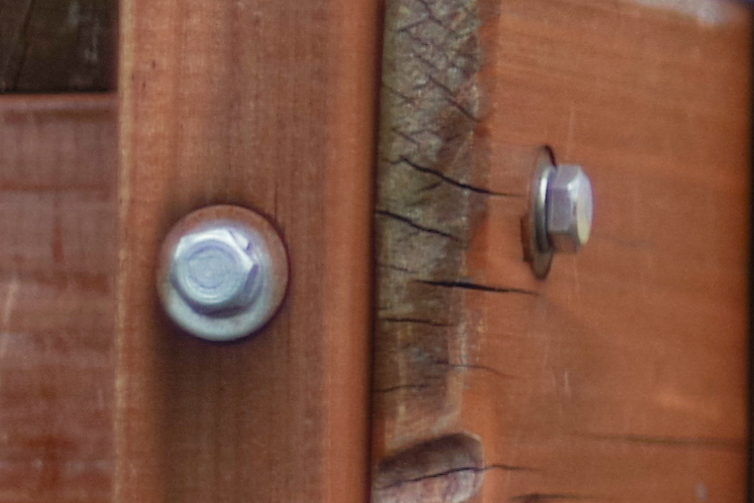 | 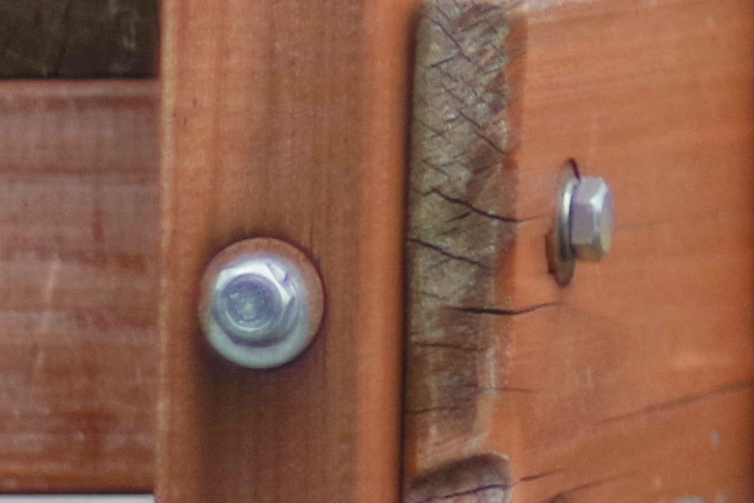 |
F2 | 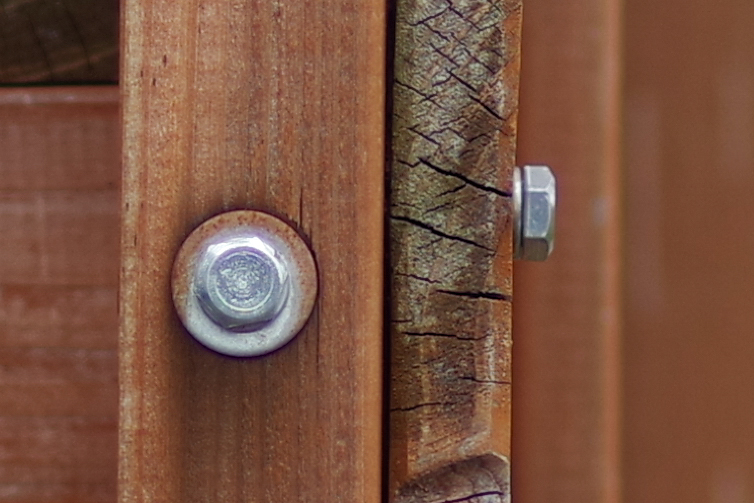 | 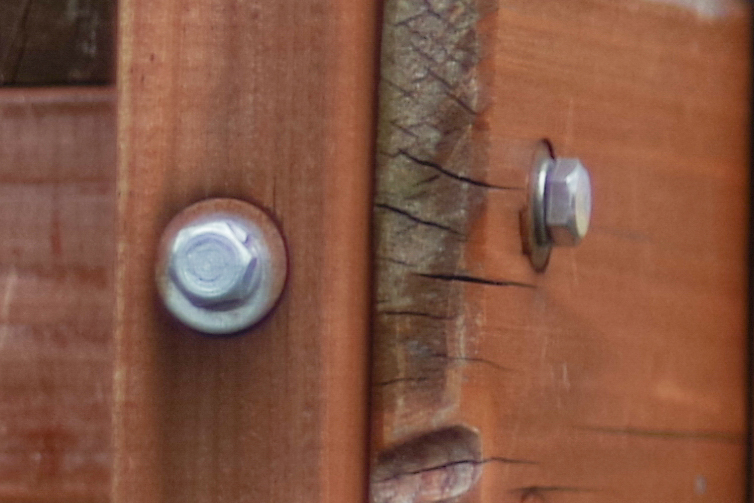 | 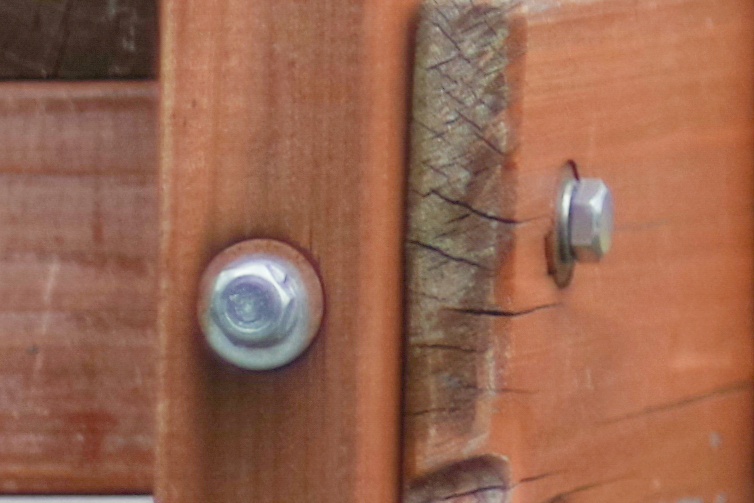 |
F2.8 | 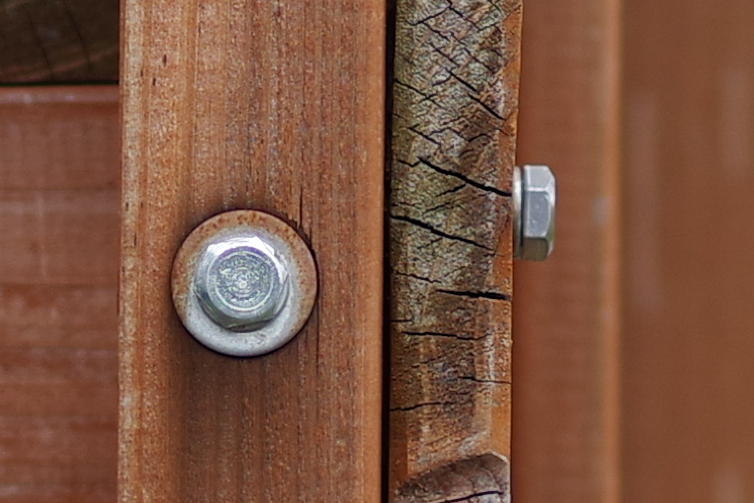 | 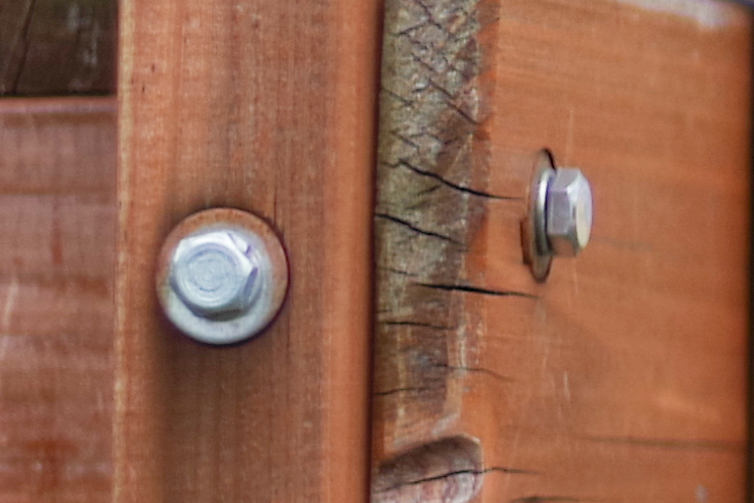 |  |
F4 |  | 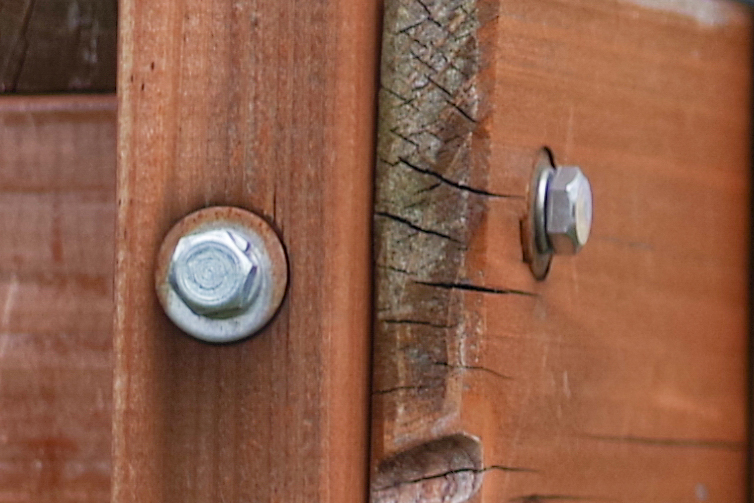 | 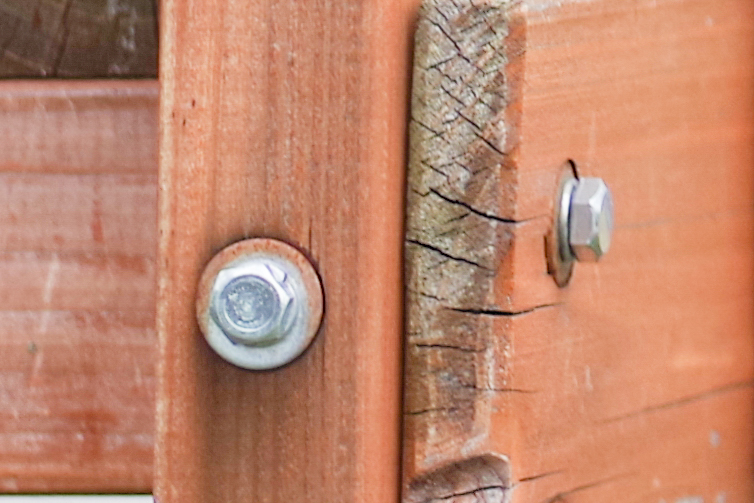 |
F5.6 | 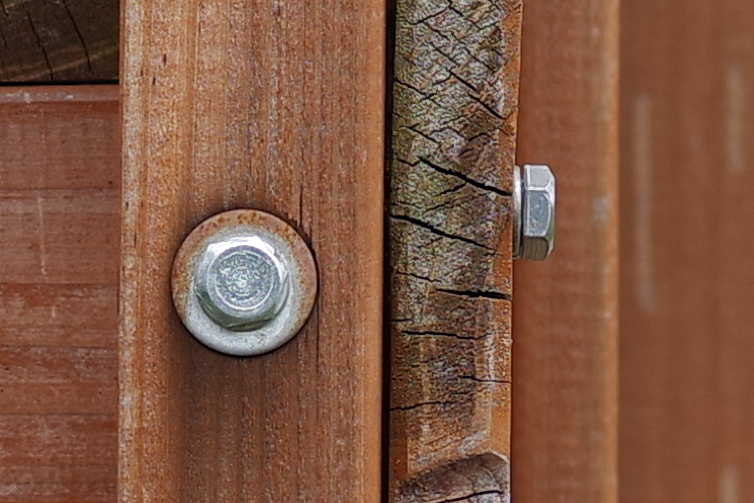 | 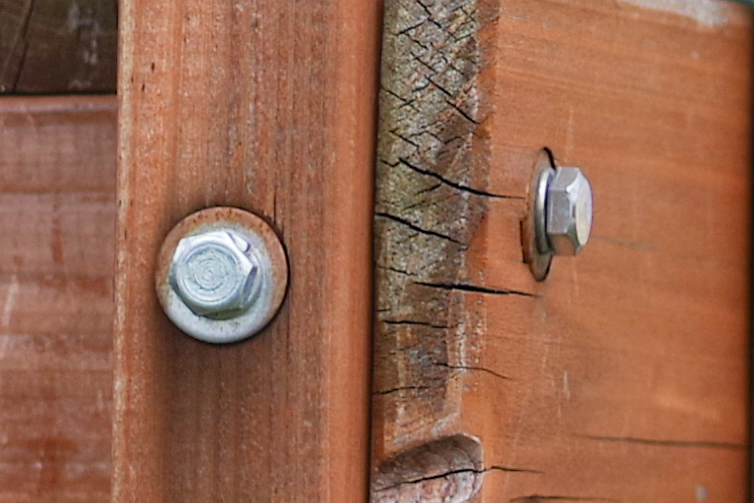 | 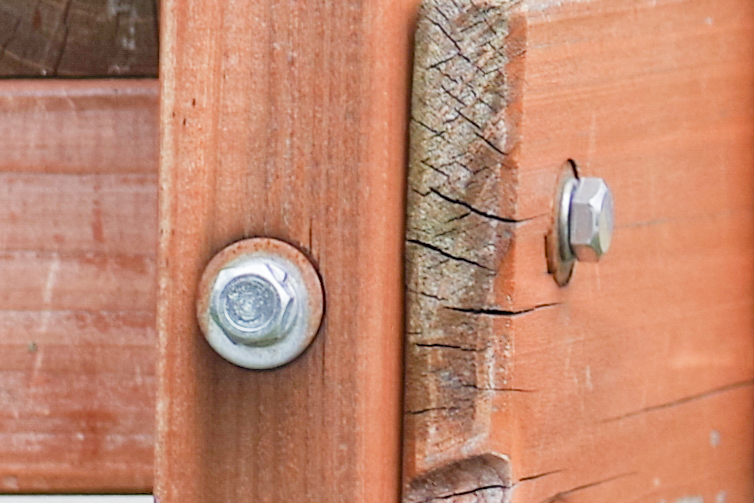 |
F8 | 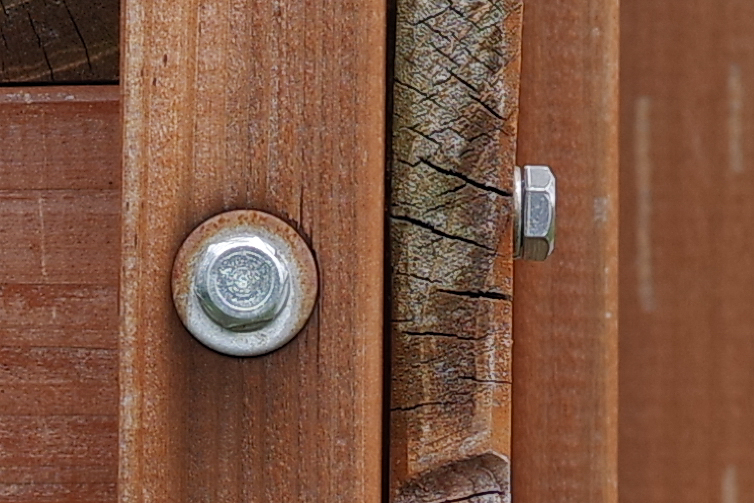 | 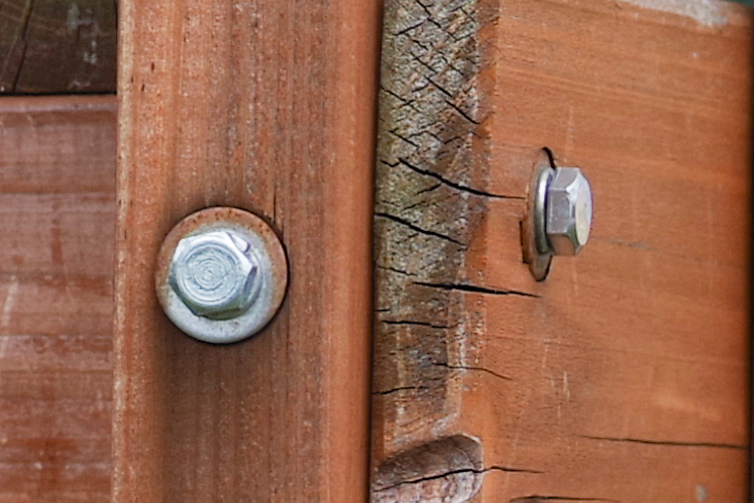 | 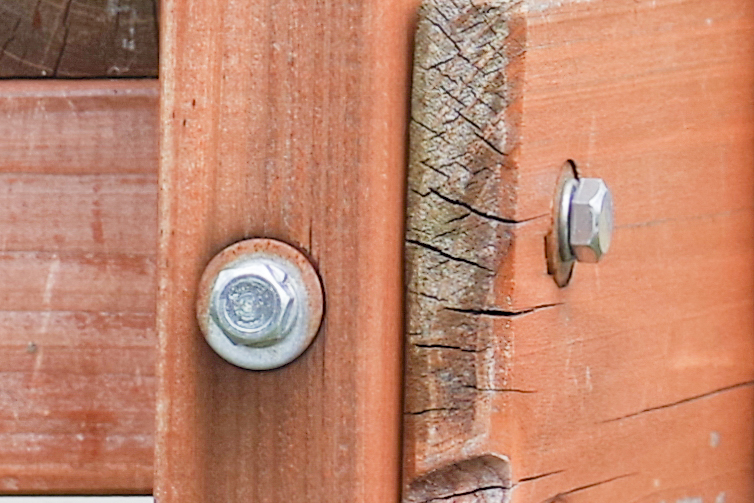 |
F11 | 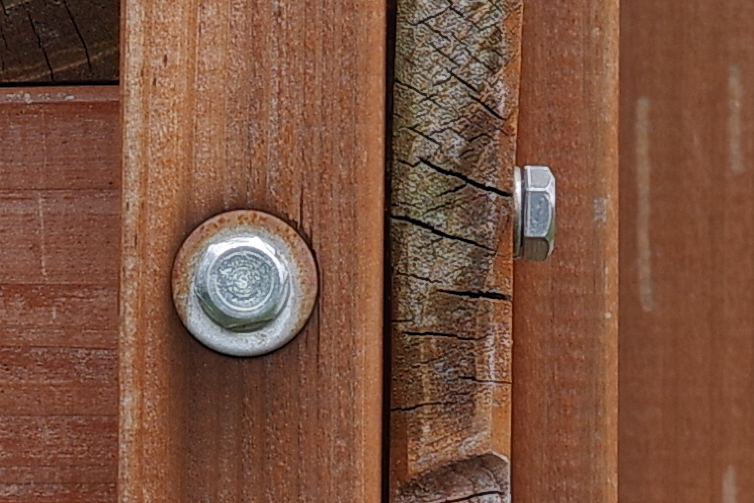 | 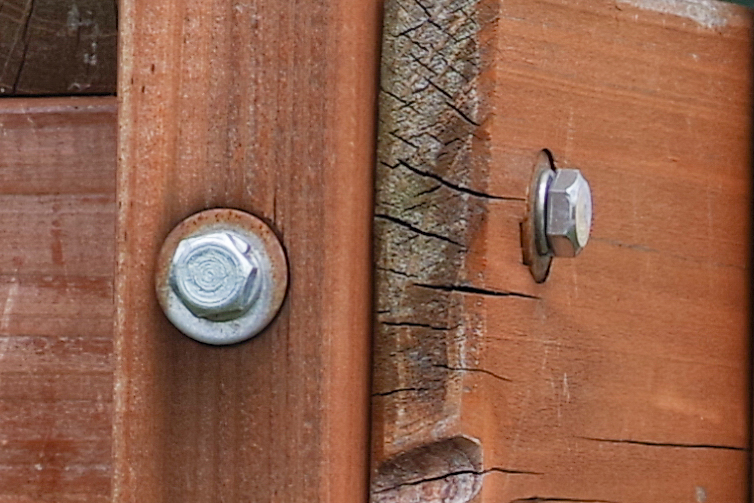 | 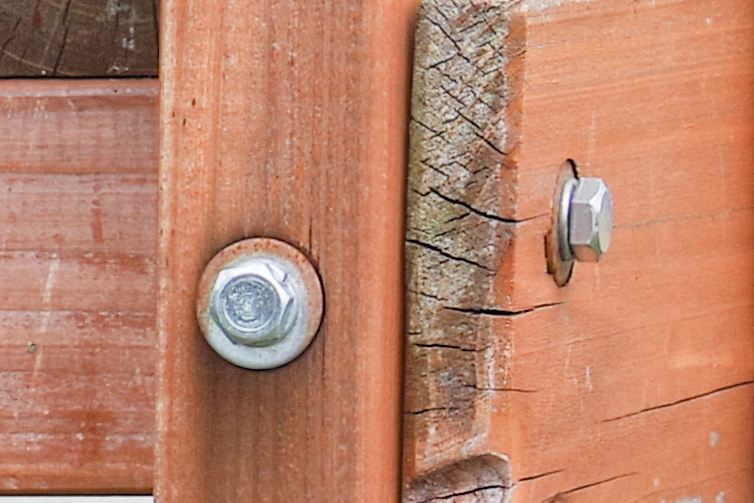 |
F16 | 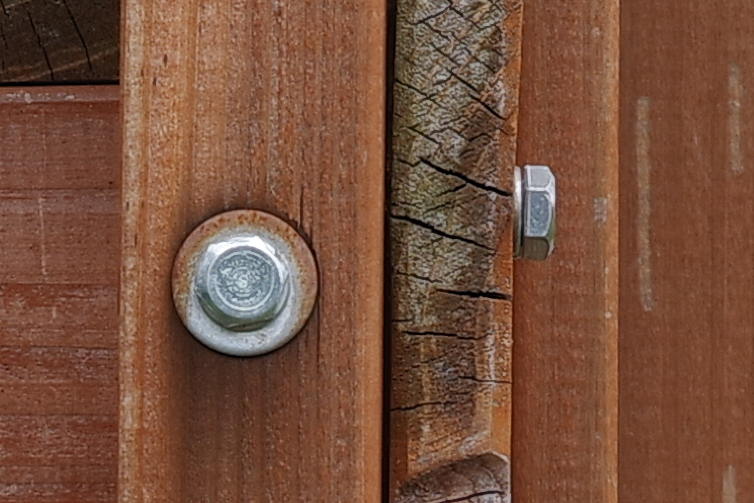 | 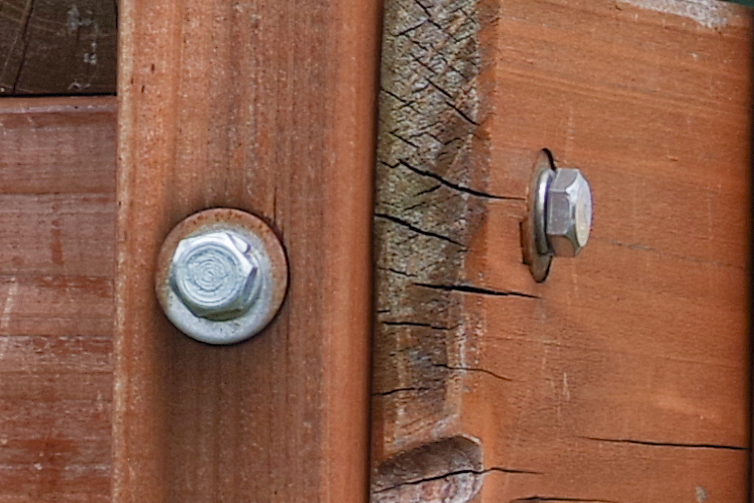 | 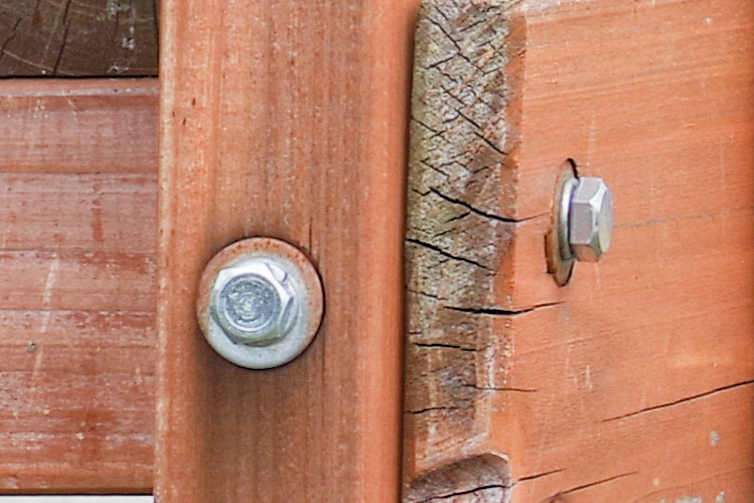 |
F22 | 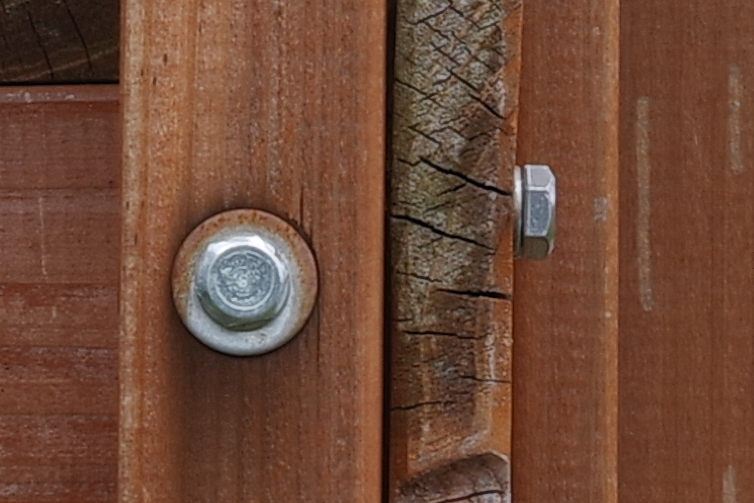 | 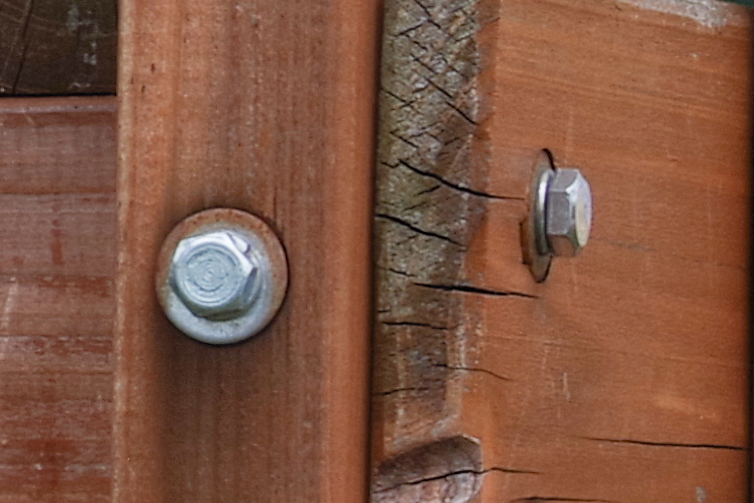 | 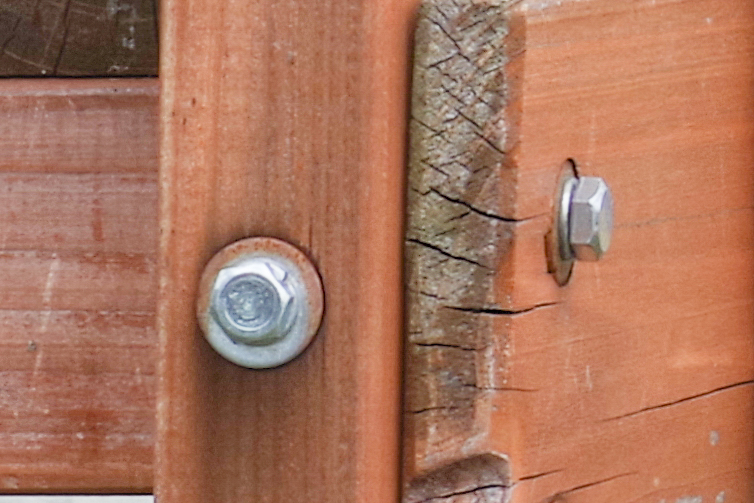 |
These images support the findings realized with the test charts. The center is astounding at all apertures, while the edges and corners catch up only by F8-F11.
Summary
77mm is an optimal focal length for portraits and this lens is ideally suited for this purpose. Center sharpness is among the highest we have tested, being almost brutally sharp at medium apertures. The edges and corners are very soft wide open, and almost catch up by F8. Isolating the subject will be easy with the FA 77mm, but corner-to-corner sharpness won't be attainable at wide apertures.


